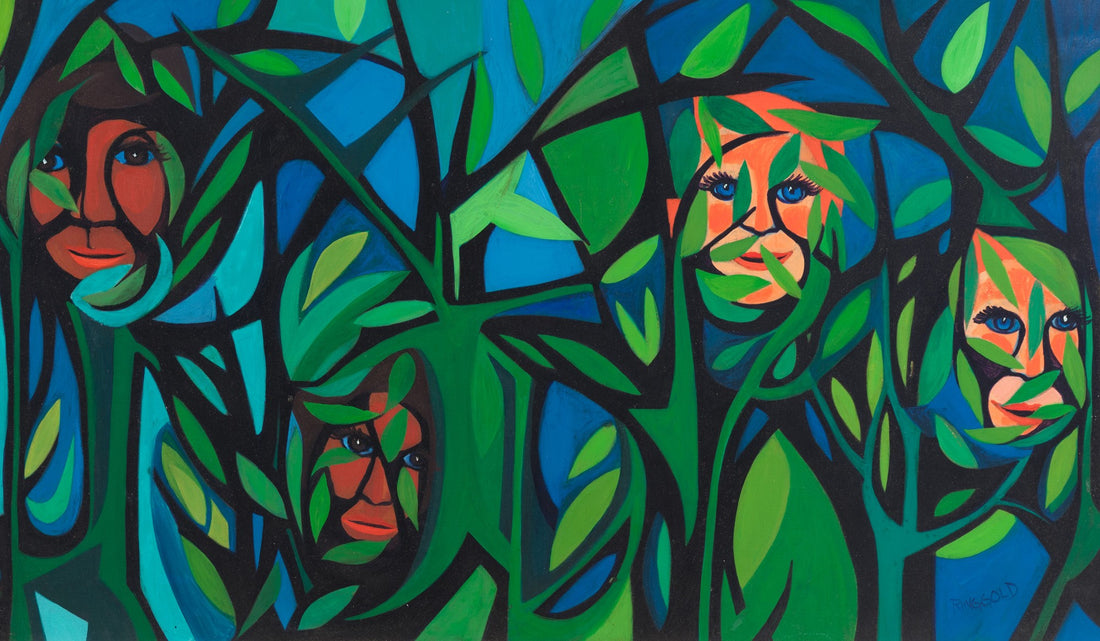
Faith Ringgold

Image: American People Series #15: Hide Little Children, 1966 (detail), Faith Ringgold.
Marking 40 years since Faith Ringgold created Echoes of Harlem, we celebrate her work, with an extract from Dr Catherine Harper’s profile from Selvedge Issue 4, and videos of the artist speaking about her practise. Faith Ringgold, originally a painter, makes painted story quilts, mixtures of painted and quilted fabrics, pictorial in content, frank in form and accessible in style. They tell stories of lives lived as African-American women and men in a culture constructed from their blood, sweat and tears, and often neglectful of their needs and aspirations.

Image: Echoes of Harlem, 1980, Faith Ringgold.
Faith Ringgold was born in 1930 and raised in New York, experiencing the double politicisation of a black urban woman at the genesis of feminism and the birth of ‘black power’. As a young female artist in the early 1960s, Ringgold felt the full forceful effect of the Civil Rights movement and the first wave of US feminist activism. These turbulent and energising influences were reflected at that early point in her artistic career in her adoption of bold, graphic images in dark colours and her desire to represent black faces, cultures and histories in a visual culture almost exclusively drawn from European white male tradition. Watch Ringgold on fighting to get women and African-American artists into museums and the power of art.
Ringgold made her transfer from painting practice to quilting when she began to work with her mother to sew fabric borders around her paintings. Eventually, echoing the traditions and conventions of collaboratively formed North American quilts, they produced one quilt together - Echoes of Harlem – pulling together the portraits of 30 Harlem neighbours in a work of compelling simplicity, inclusiveness, and readability. Ringgold's first solo story quilt, made after her mother's death, narrates in imagery the story of a successful black American businesswoman. Who's Afraid of Aunt Jemima? combines acrylic painting on canvas with quilted fabric and the text of a hand-written story. Ringgold counters the oppression, stereotyping and deprivation encountered in her neighbourhood with an engagingly powerful optimism and implicit encouragement to 'take flight' and follow dreams.

Image: Who’s Afraid of Aunt Jemima?, 1983, Faith Ringgold.
If Ringgold's mother showed her how to sew, her great-great-grandmother showed her how to piece, patch and pad fabrics in the time-honoured fashion of making quilts or comforters. But more than the textile history, the woman who taught Ringgold to quilt taught her – from lived experience – about the slave tradition of US American culture. That woman's early quilts were made for her white slave-masters, a process of making and taking much written and spoken of in the histories of slave culture. Slave quilts – like those made by Harriet Powers – added another dimension to the usual functions of comfort, warmth, decoration and narration that quilting normally engenders. Watch Ringgold talking about quilting as an art form.
For more information about Ringgold's work visit www.faithringgold.com
